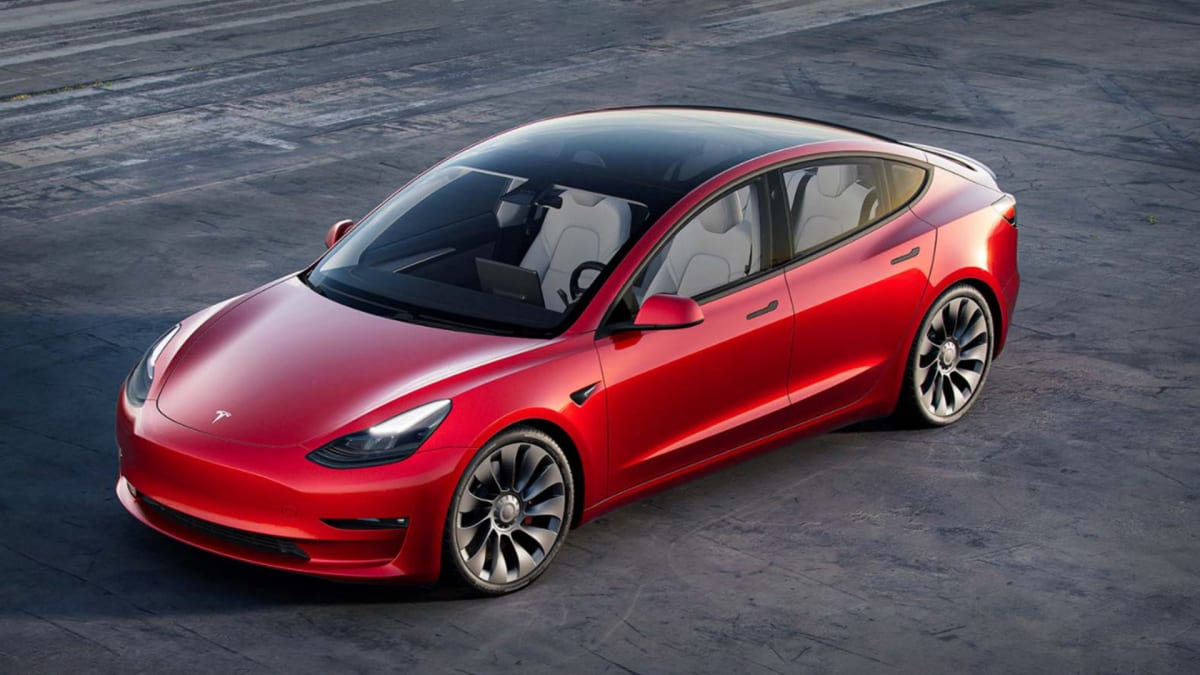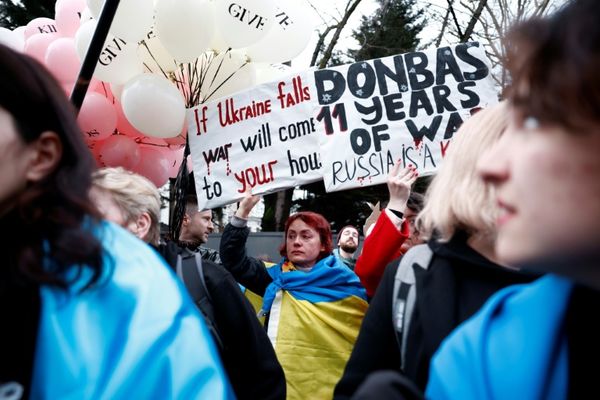
Tesla has become the world reference in the niche of electric vehicles.
The firm and its whimsical and visionary CEO Elon Musk have become symbols of the decline in CO2 emissions from the automotive sector.
The automaker currently produces more than 1.37 million electric vehicles a year, digging a huge pit with its competitors. It is profitable with margins that make its competitors pale with envy.
Its market capitalization reached $1 trillion in 2021 before collapsing to nearly $390 billion currently. No other automotive group comes close. Toyota (TM), the world's largest automotive group in terms of production volumes, has a market value of $191 billion, while Volkswagen (VWAGY) has a market value of around $83 billion. Ford (F) and General Motors (GM) have a market capitalization of $51 billion and $52 billion, respectively.
GM and Chrysler Went Bankrupt
Tesla (TSLA) has four vehicle production plants -- Fremont, Calif.; Austin, Texas; Shanghai and a fourth near Berlin. The company could announce in the coming weeks the names of locations of new vehicle assembly sites.
Tesla currently markets five models: the Model 3 entry-level sedan, the Model Y SUV/crossover, the Model S luxury sedan, the Model X luxury SUV/crossover, and the Tesla Semi. This year, a new model, the Cybertruck should be added to this list which continues to grow.
What many forget is that 14 years ago, Tesla would have simply disappeared. It was in 2009, in the midst of a financial crisis. The carmaker and its co-founder Musk had not yet produced a single one of the vehicles currently marketed by the company six years after the creation of Tesla.
The automaker had only produced the limited-edition Roadster sports car. The horizon was bleak for the whole of the American automobile. Detroit's Big Three were desperate. Chrysler and GM went bankrupt that year. Ford was the only one not to file for bankruptcy.
For the upstart that Tesla was then, there was no other way out than to lower the curtain because everything was against the company. The climate was not favorable to electric vehicles. Affected by the crisis, consumers thought of only one thing: to save while investors fled all risky assets.
But a savior arose: Daimler, the parent company of Mercedes-Benz. This is what Musk has just revealed during a thread on Twitter.
"I wonder what would have happened in 2009 if the Fed had raised rates instead of lowering them," the billionaire wrote on Twitter on Jan. 13. "The higher the rates, the harder the fall."
Daimler 'Saved Tesla'
"Lucky Tesla found an investor back then," commented a Twitter user.
"True, the Daimler investment in 2009 is actually what saved Tesla," Musk responded.
On May 18, 2009, Tesla and Daimler (DMLRY) announced a strategic partnership, including the acquisition of a stake in the American firm by the German automaker.
The parent company of Mercedes-Benz acquired nearly 10 percent of Tesla, and the two automakers agreed to cooperate in battery systems, electric drive systems and in individual vehicle projects, according to a press release.
"Our strategic partnership is an important step to accelerate the commercialization of electric drives globally," Dr. Thomas Weber, member of the Board of Daimler AG, responsible for Group Research and Mercedes-Benz Cars Development, said at the time.
"It is an honor and a powerful endorsement of our technology that Daimler would choose to invest in and partner with Tesla," Musk asserted. "We are looking forward to a strategic cooperation in a number of areas including leveraging Daimler’s engineering, production and supply chain expertise. This will accelerate bringing our Tesla Model S to production and ensure that it is a superlative vehicle on all levels."
This alliance validated Musk's vision and Tesla's strategy. Daimler recognized that the future of the automobile was in electric vehicles and the key to success lay in getting to market quickly. Since Tesla was already competent, joining forces with Musk's group would drastically reduce the research and development time needed before the first 100% electric cars from Daimler go into production.
Financial terms of the deal were not disclosed, but numerous articles reported $50 million. Daimler sold its Tesla's stake in 2014 with a huge gain.
"Ironically, the company that made the first commercially viable internal combustion engine car saved the company that made the first commercially viable electric car!" Musk concluded on January 13.







